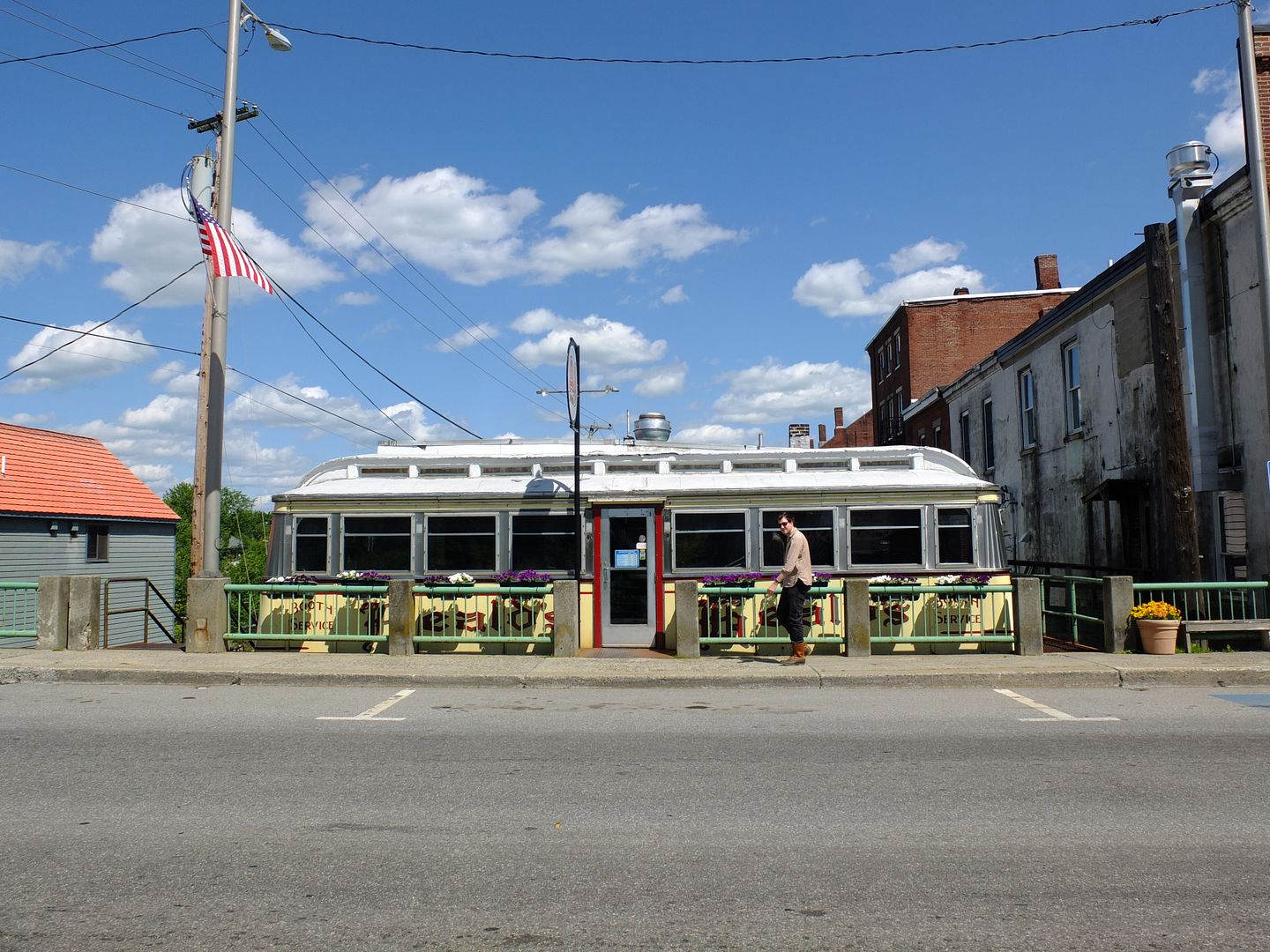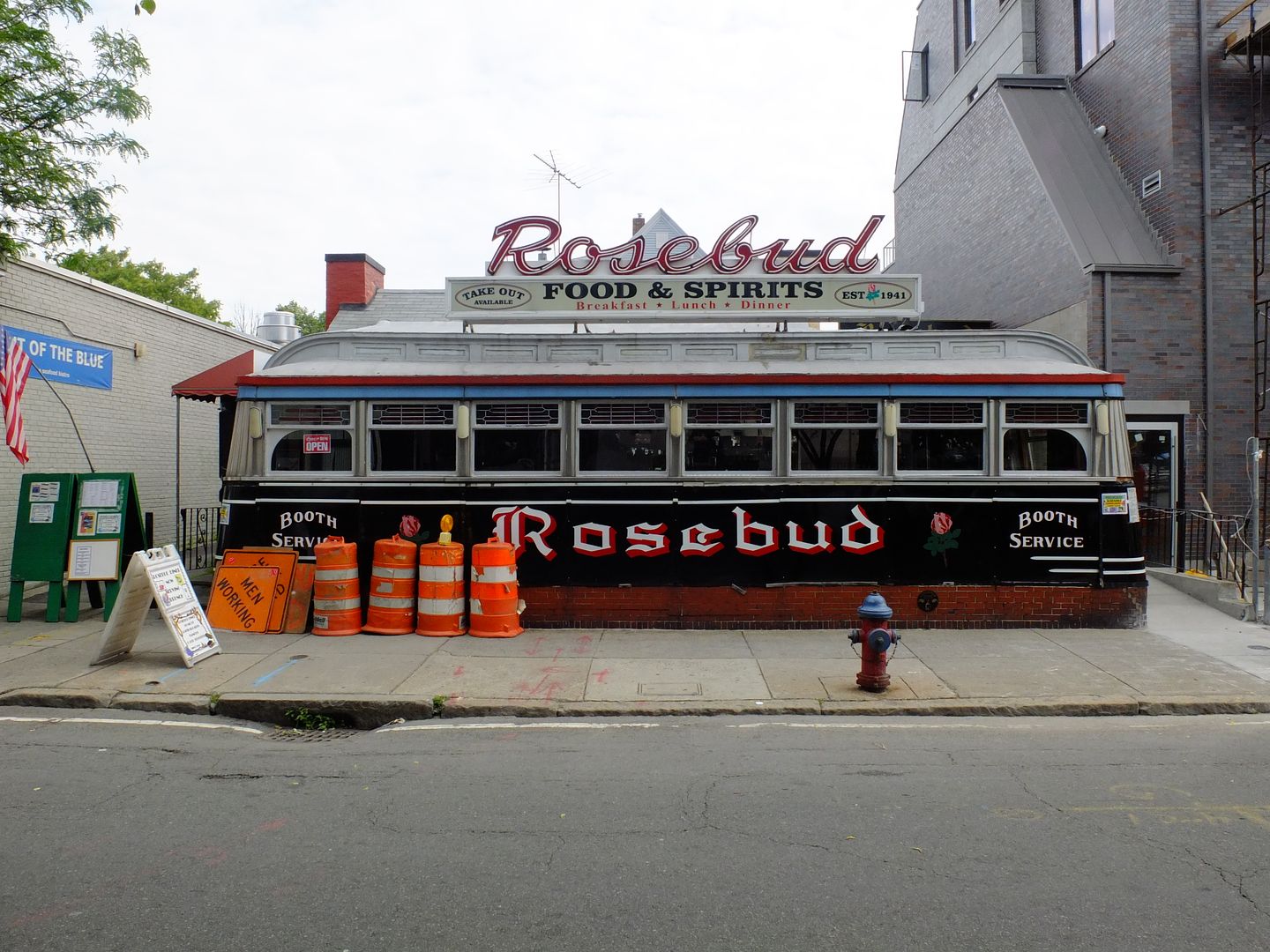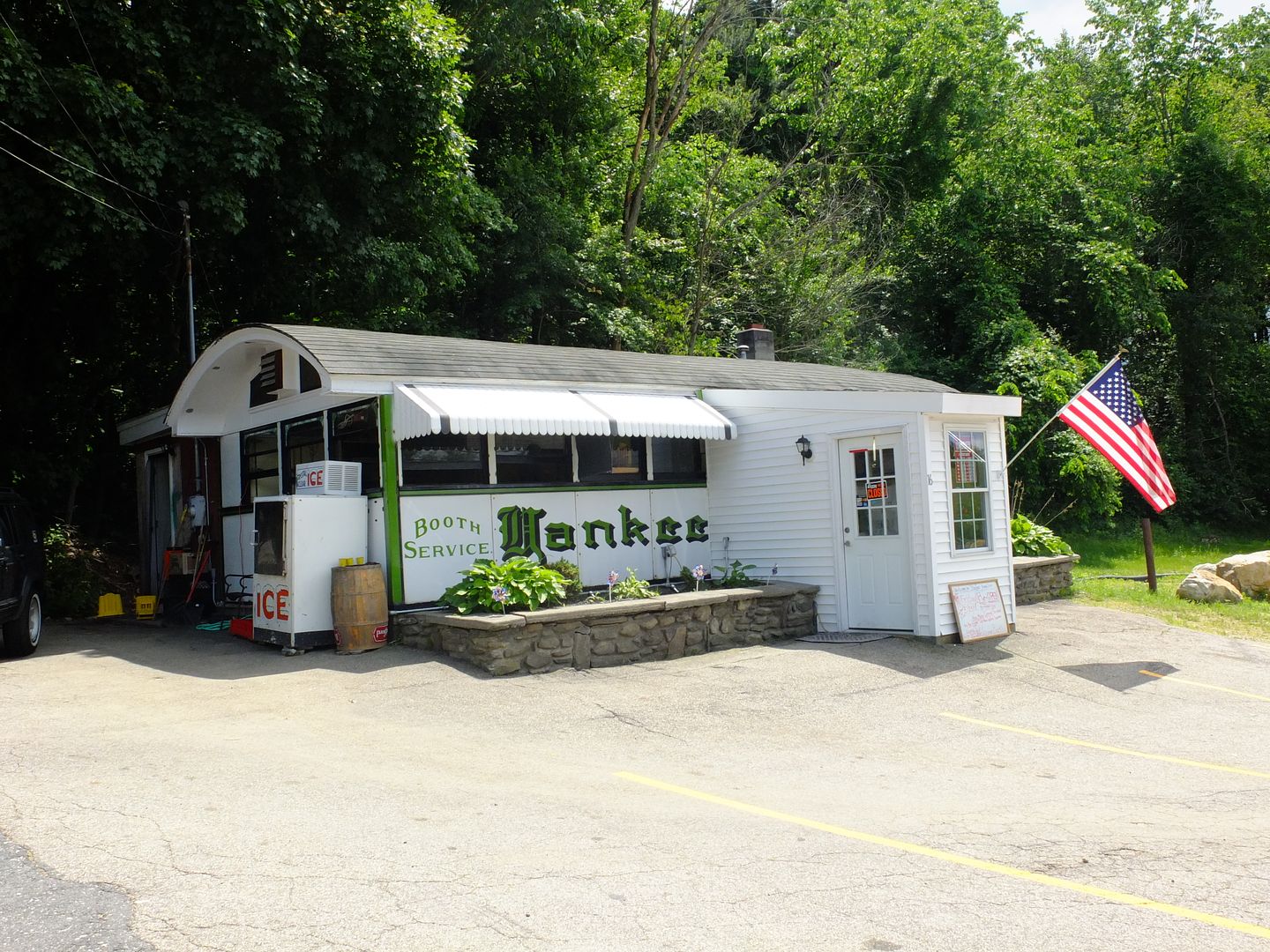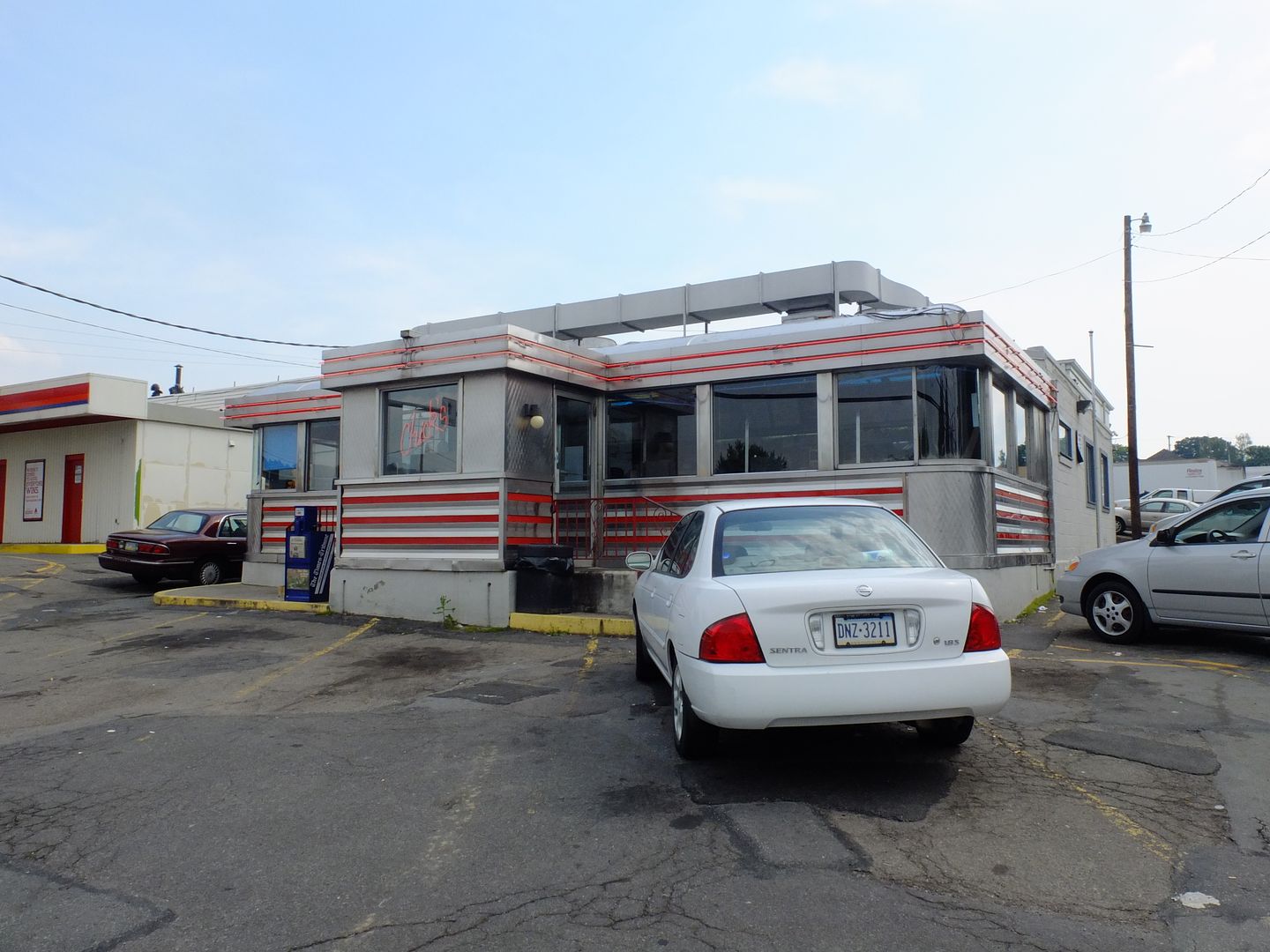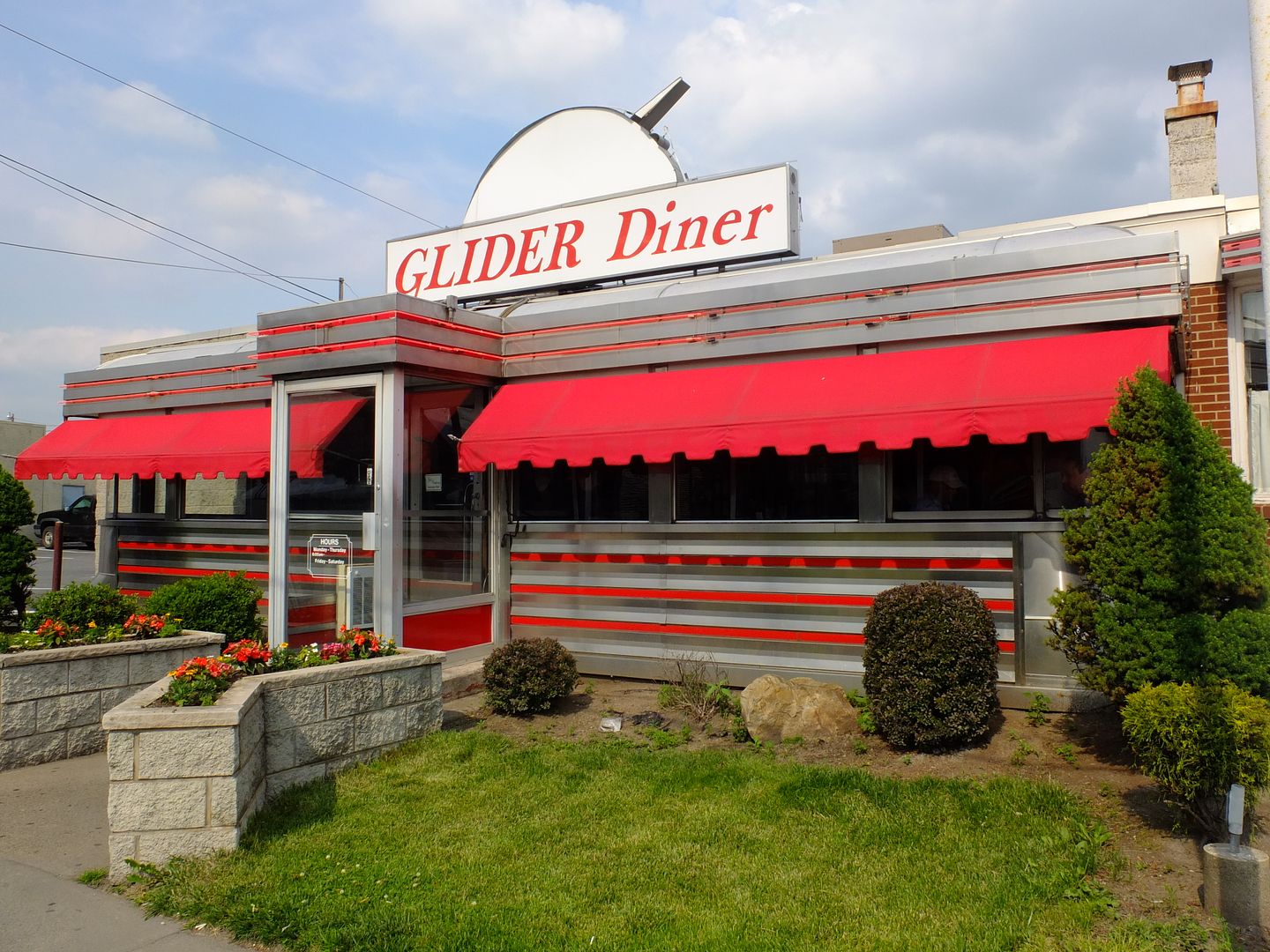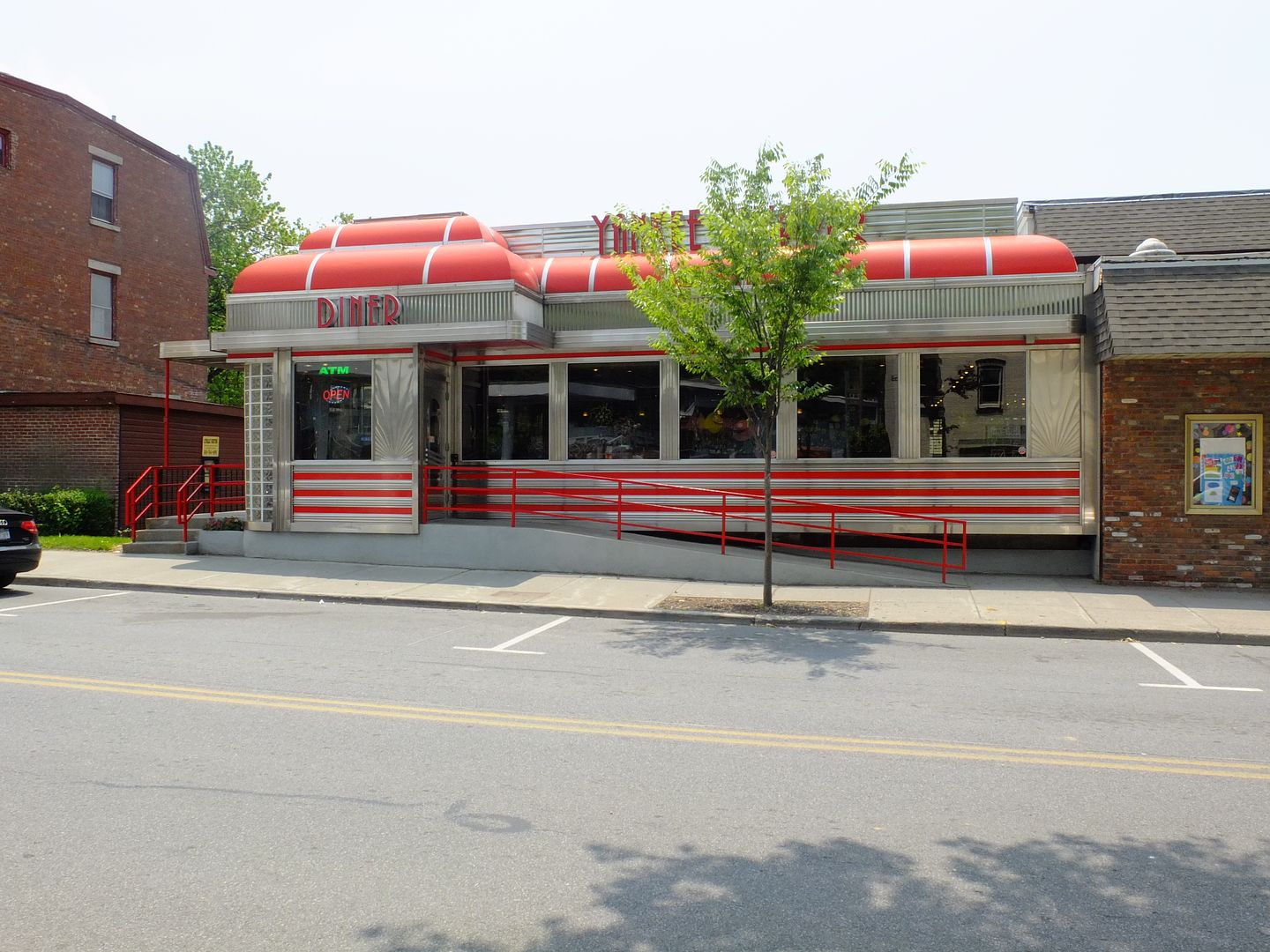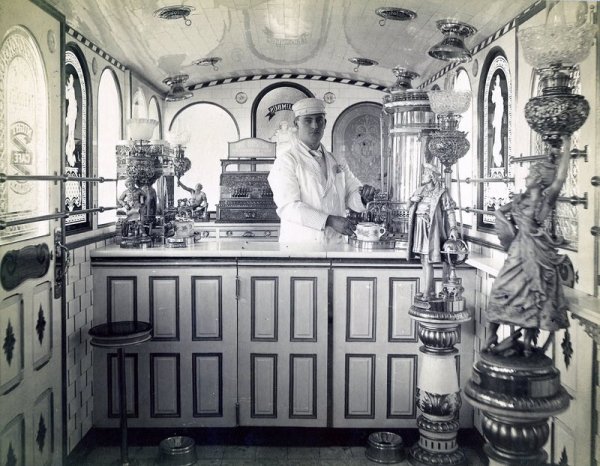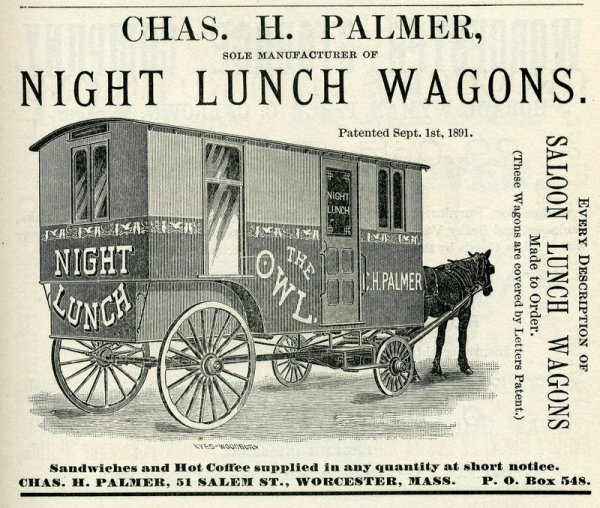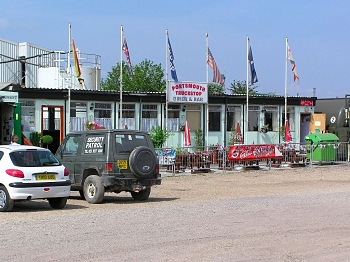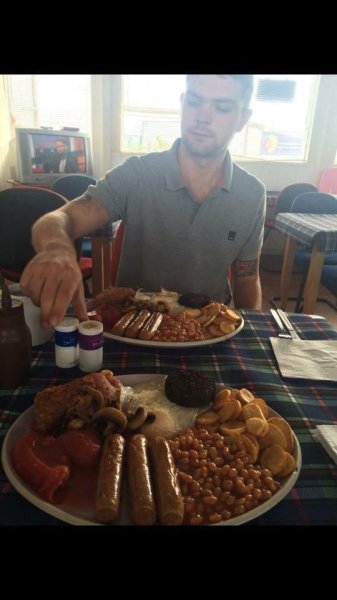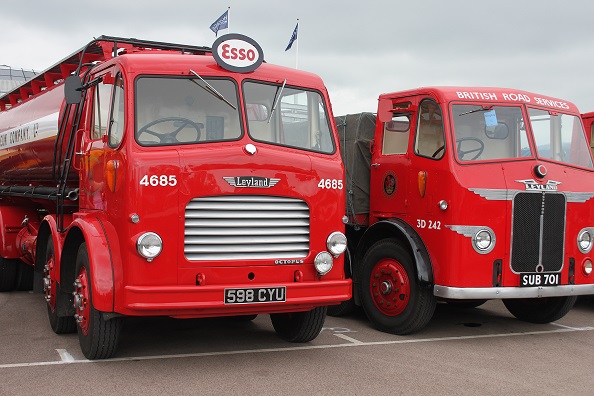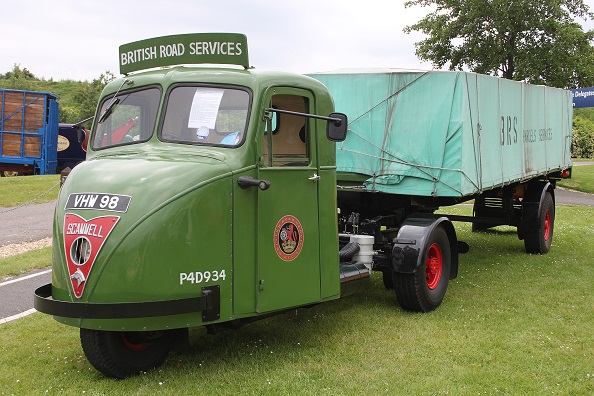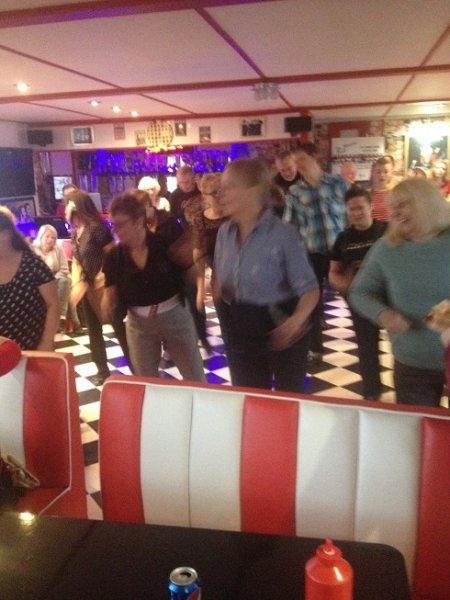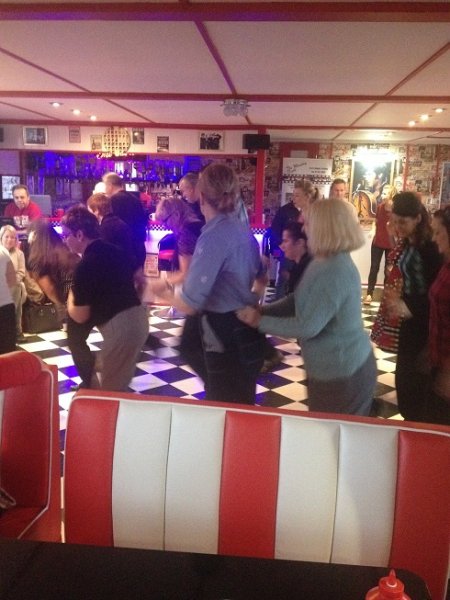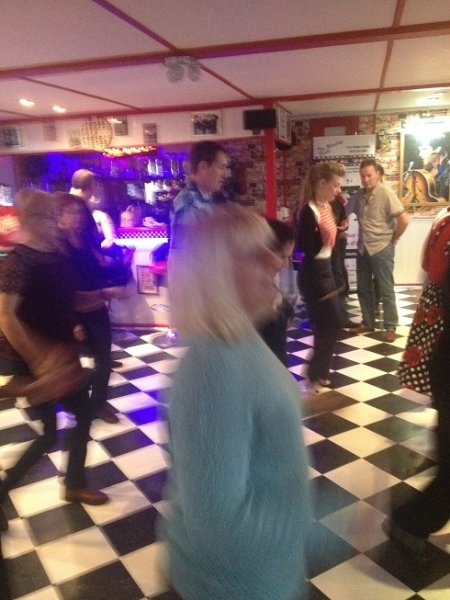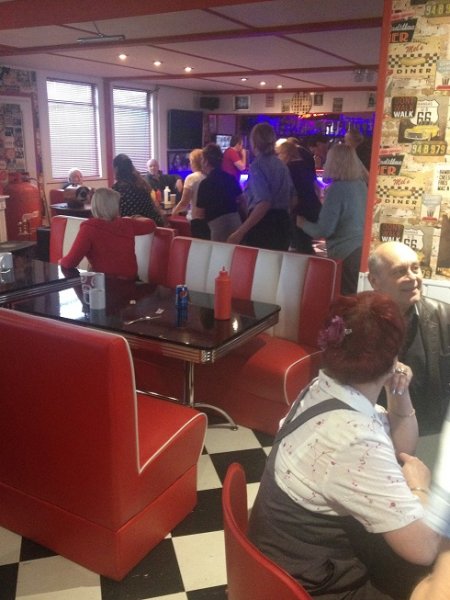Believe it or not, I've actually had dreams about places like that. A city diner, not necessarily big city. Even my hometown of around 7,500 (depending on the year) had a proper city main street diner, and in fact, it was named "Ferrell's Diner." It may or may not still be there. There was another very similar restaurant within a block or two and I get them confused. The golden era for those places was in the 1940s and 1950s when anyplace downtown (about four blocks long) was jammed at lunchtime. Even the high school kids, later the junior high, went downtown for lunch. All the drug stores, both of them, had lunch counters.
There were a few nice restaurants in town, some not so nice, and even a hotel that used to have a dance band--and this in a small town--but no diners of the free-standing variety.
Now the funny thing about a diner is that they were never pretentious. It was meatloaf, hamburgers and so on. The height of diner cuisine was fried onion rings. But yet at the same time, there was a standard of styling that practically defined the diner that no longer seems to exist.
There were a few nice restaurants in town, some not so nice, and even a hotel that used to have a dance band--and this in a small town--but no diners of the free-standing variety.
Now the funny thing about a diner is that they were never pretentious. It was meatloaf, hamburgers and so on. The height of diner cuisine was fried onion rings. But yet at the same time, there was a standard of styling that practically defined the diner that no longer seems to exist.
